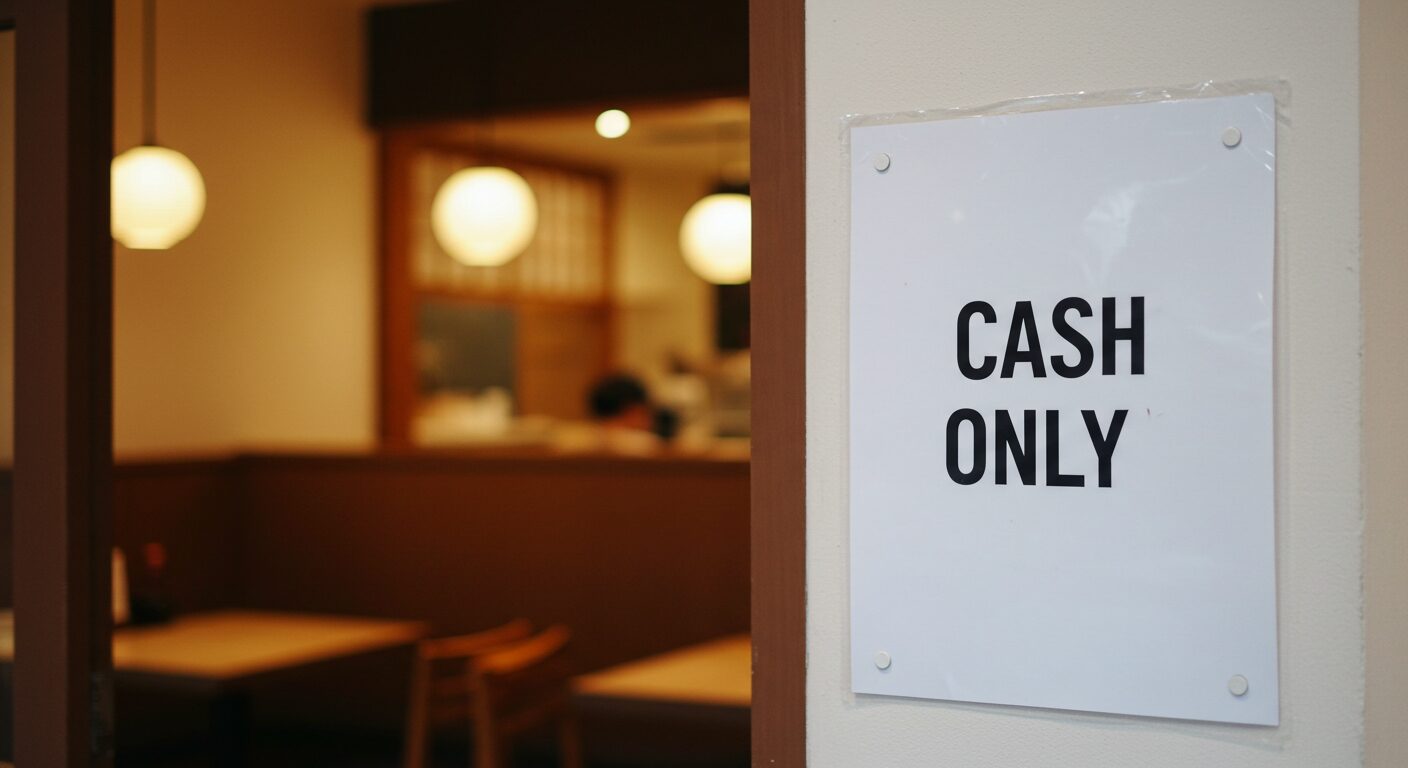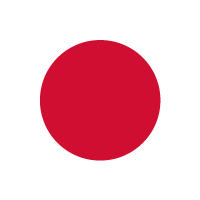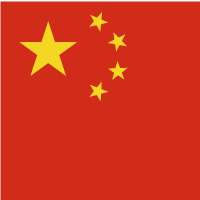

Many foreign visitors are surprised when they hear, “Sorry, we don’t accept credit cards,” at a small restaurant in rural Japan. Even popular local eateries still operate on a cash-only basis, which can catch travelers off guard.
While major cities like Tokyo and Osaka are largely cashless, cash is still king in rural regions. If your card doesn’t work, it can disrupt your meal plans and even your entire itinerary. So why do many small restaurants refuse cards — and how can travelers prepare?
This article explains the cultural background of cash-only dining, the best time and amount of cash to prepare, and how to safely use ATMs. With this guide, you can enjoy rural Japan’s local cuisine without unnecessary stress.
Why Many Rural Restaurants in Japan Don’t Accept Credit Cards
One of the biggest surprises for foreign visitors traveling through rural Japan is that many restaurants still don’t accept credit cards. While card payments are common at chain restaurants and major tourist spots, small family-run eateries prefer cash. This is often due to transaction fees, low profit margins, and older shop owners unfamiliar with digital systems.
Understanding this cultural and economic background helps travelers better plan their budget and avoid payment troubles. This guide also provides practical tips and recommended preparation methods to make your dining experience smooth and enjoyable.
Real Travel Stories: When Credit Cards Don’t Work in Japan
Even as a local, I once finished a great dinner only to realize my credit card wasn’t accepted. I had to walk down a dark street to find an ATM—it wasn’t fun, especially with no convenience store nearby.
To avoid this kind of trouble, it’s wise to carry some cash while exploring rural Japan. Smaller izakayas and local eateries are often cash-only. Preparing in advance ensures you can enjoy your trip without unnecessary stress.
When and How Much Cash to Prepare for Rural Japan Travel
One of the most important tips for traveling in rural Japan is knowing when to get your cash. Many foreign travelers rush to find an ATM at the airport or train station, but exchanging money in advance is far more convenient. ATMs in rural areas are limited, and some don’t operate late at night.
Japan isn’t as expensive as many expect. A good rule of thumb is to carry around ¥3,000–¥5,000 per day to cover meals, transportation, and small expenses. Many small restaurants and local buses only accept cash, so preparing enough beforehand can save you time and hassle.
Cashless Options Beyond Credit Cards in Rural Japan
While credit cards aren’t always accepted, other payment options are available. Transportation IC cards like Suica or PASMO and QR payment services like PayPay or Rakuten Pay are growing in popularity. However, availability varies by shop, especially in rural areas. Combining cash with mobile payments can make your trip more flexible and budget-friendly.
How to Spot Cash-Only Restaurants Before You Sit Down
Checking if a restaurant accepts credit cards before entering is the easiest way to avoid payment headaches. Ignoring this step can lead to extra fees, wasted time, and frustration.
Look for payment stickers (VISA, Mastercard) on doors or menus, or check Google Maps and Tabelog for updated information. If unsure, just ask the staff. Some places simply have a small “Cash Only” sign near the register. A quick check can save you a lot of hassle.
You might be interested in this
How to Safely Withdraw Cash at Convenience Stores and ATMs
The easiest and safest way for foreign travelers to withdraw cash in Japan is to use ATMs at major convenience stores like 7-Eleven or Lawson. Most support international cards and offer English instructions.
Withdraw the amount you need in one transaction to avoid extra fees, and use ATMs during the day or in well-lit areas for safety. Japan is generally safe, but basic precautions will make your experience stress-free.
Best Apps and Sites to Find Card-Friendly Restaurants
It’s frustrating to find out a place is cash-only after you arrive. To avoid this, check payment info beforehand using apps with English support.
Google Maps and Tabelog are great for checking payment options. On Tripadvisor, traveler reviews often mention whether cards are accepted. PayPay and Rakuten Pay apps also list participating stores, helping you plan ahead and avoid payment issues.
Cashless Adoption in Japan: Expert Insights and Statistics
While Japan is slowly moving toward cashless payments, the adoption rate is still around 40%, much lower than in many Western countries. Experts note that while cities are adapting quickly, rural areas remain cash-centric due to costs and tradition.
Conclusion
Credit cards aren’t always accepted at restaurants in rural Japan, so knowing how to prepare is key. In this guide, we covered when and how much cash to bring, other payment options, how to use ATMs, and useful apps for travelers. With the right knowledge, you can enjoy your trip stress-free.
Understanding this aspect of Japanese culture not only makes payments easier but also deepens your connection with local people and traditions. Check out our other guides on onsen etiquette and shrine manners to enhance your Japan travel experience.




